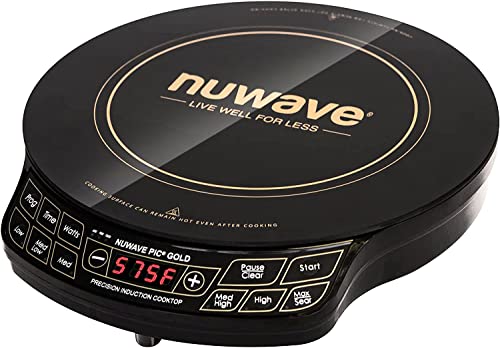SternWake
Well-known member
- Joined
- Nov 30, 2013
- Messages
- 3,874
- Reaction score
- 2
I have another 8awg output on my Meanwell bypassing the wattmeter. The 8awg does not cause the heating, nor the RC meter. It is the fact it runs at maximum output until the battery voltage approaches the chosen voltage. It does not roll back the current to protect itself.
I have run both outputs into the same battery so each only carried 20 amps. I no longer bother . The voltage drop difference was not enough for this to be a concern. The 'GTpower' wattmeter counts Amp hours and Watt hours as well as voltage minimum, peak wattage and Peak amperage. This information is so much more valuable than just an analog or Digital ammeter when recharging, and it reads closely to my clamp on meter in the 2 to 40 amp range, becoming less accurate under 2 amps
The Megawatts are said to roll back the amperage once they reach a certain temperature. Niner reports his folds back to under 30 amps and the time at 36 amps is quite short.
Mine only gets warm at 30 amps, it gets hot at 40 amps and it holds 40 amps for as long as it takes the battery to be brought upto near my chosen absorption voltage.
The watt meter now has Short 8awg leads with 45 amp powerpoles replacing the original 12awg aluminum wiring right to the circuit board. The output wiring barely gets warm. The wattmeter itself barely gets warm at 40 amps for an hour. With the original 12awg aluminum leads it got hot.
Here you can see the tinned 8awg wire soldered to circuit board. The (+) cable is not even cut, the (-) has a flat wide thick shunt that the current passes through.:

The Megawatt is a tremendous value at ~65 dollars. I spent $127 for the Meanwell taxed and delivered. But I also get a constant 40 amps and I can push it upto 16 volts, or even 19.23 volts if I so choose.
My extra heatsinking and fans were initially to reduce the time at which the original meanwell provided 40mm fan would run. It is very powerful and loud, and before modifications would cycle on and off at 6 amps output. With my fans and extra heatsinks this 40mm fan only comes on after about 10 or 15 minutes at maximum output of 40 amps, and last night this 40 mm fan shut off when the battery limited the amps to 34 at 14.5v at 85F ambient.
This was 10 amps higher than before I added the extra heatsinks at the same ambient temperature.
I have run both outputs into the same battery so each only carried 20 amps. I no longer bother . The voltage drop difference was not enough for this to be a concern. The 'GTpower' wattmeter counts Amp hours and Watt hours as well as voltage minimum, peak wattage and Peak amperage. This information is so much more valuable than just an analog or Digital ammeter when recharging, and it reads closely to my clamp on meter in the 2 to 40 amp range, becoming less accurate under 2 amps
The Megawatts are said to roll back the amperage once they reach a certain temperature. Niner reports his folds back to under 30 amps and the time at 36 amps is quite short.
Mine only gets warm at 30 amps, it gets hot at 40 amps and it holds 40 amps for as long as it takes the battery to be brought upto near my chosen absorption voltage.
The watt meter now has Short 8awg leads with 45 amp powerpoles replacing the original 12awg aluminum wiring right to the circuit board. The output wiring barely gets warm. The wattmeter itself barely gets warm at 40 amps for an hour. With the original 12awg aluminum leads it got hot.
Here you can see the tinned 8awg wire soldered to circuit board. The (+) cable is not even cut, the (-) has a flat wide thick shunt that the current passes through.:

The Megawatt is a tremendous value at ~65 dollars. I spent $127 for the Meanwell taxed and delivered. But I also get a constant 40 amps and I can push it upto 16 volts, or even 19.23 volts if I so choose.
My extra heatsinking and fans were initially to reduce the time at which the original meanwell provided 40mm fan would run. It is very powerful and loud, and before modifications would cycle on and off at 6 amps output. With my fans and extra heatsinks this 40mm fan only comes on after about 10 or 15 minutes at maximum output of 40 amps, and last night this 40 mm fan shut off when the battery limited the amps to 34 at 14.5v at 85F ambient.
This was 10 amps higher than before I added the extra heatsinks at the same ambient temperature.













































































